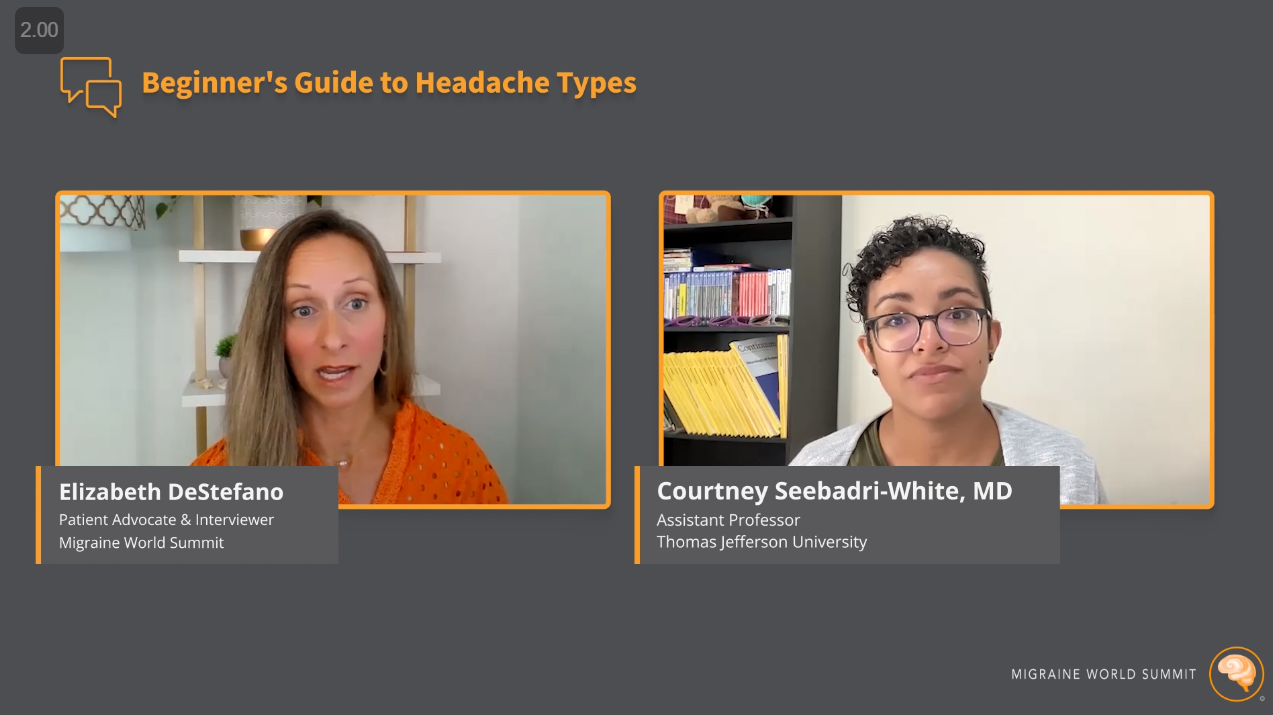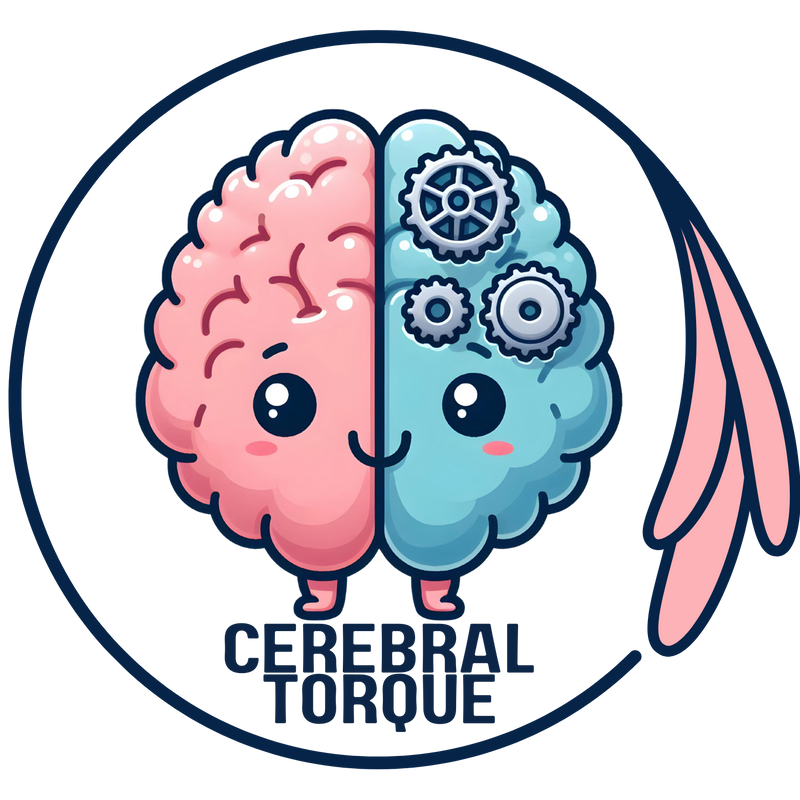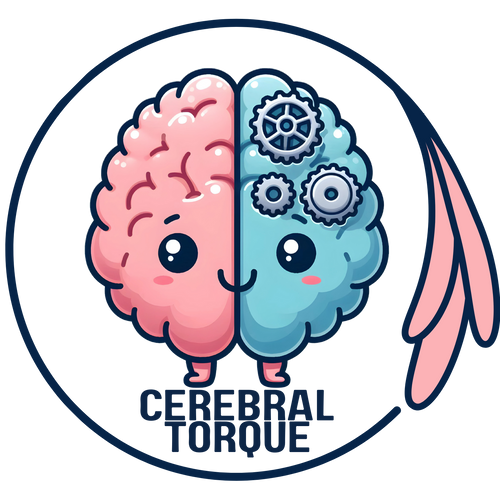Dr. Courtney Seebadri-White, MD on the Topic of Beginner’s Guide to Headache Types (Migraine World Summit- Day 1)
Posted on March 07 2024,

These are answers to key questions. This is not affiliared with Migraine World Summit or the lecturer! We highly encourage you to visit https://migraineworldsummit.com for the full video!
Key Questions for Dr. Courtney Seebadri-White, MD on the Topic of Beginner’s Guide to Headache Types (Migraine World Summit- Day 1)
Migraine World Summit- Day 1
Key Questions:
What is the difference between primary and secondary headache disorders?
Primary headache disorders arise from dysfunction of the nervous system itself, not as a symptom of another underlying condition. Secondary headache disorders occur due to another medical cause like brain lesions, trauma, vascular problems, etc.
What proportion of headache conditions are primary headache disorders?
Primary headaches are more commonly seen in outpatient settings, whereas in urgent care/ER settings, secondary headaches are more prevalent.
Which primary headache types are the most prevalent?
The four main primary headache types discussed are:
- Migraine (and its subtypes like chronic, menstrual, vestibular)
- Tension-type headache
- Cluster headache
- New daily persistent headache (NDPH)
How is a treatment plan affected by the diagnosis of primary vs. secondary headache?
For primary headaches, treatment focuses on managing symptoms and reducing attack frequency, as there is no cure. For secondary headaches, treating the underlying cause is the priority.
How are migraine, tension-type headache, and cluster headache differentiated? What diagnostic tests?
There are no definitive diagnostic tests. Differentiation relies on the patient's description of symptoms and characteristics like:
- If resting in a dark room improves symptoms (migraine) vs restlessness (cluster)
- Severity of pain
- Presence of autonomic symptoms like eye tearing/redness (cluster)
- Ability to function during attack (tension-type)
What are some secondary headache types and their main signs/symptoms?
- Idiopathic intracranial hypertension (IIH) - Increased CSF pressure causing headache, visual issues, pulsatile tinnitus
- Spontaneous intracranial hypotension (SIH) - Low CSF pressure, orthostatic headaches, cognitive/visual disturbances
- Post-traumatic headaches after head/neck injury
- Headaches from vascular causes like stroke, hemorrhage
- Headaches from metabolic disturbances like hypertension, dehydration
How critical are proper diagnoses and which professionals can make them?
Accurate diagnosis is extremely critical but very challenging due to overlapping symptoms. Primary care can diagnose some primary headaches initially. Neurologists are trained in headache diagnosis/management. Headache specialists are most qualified for complex, refractory or unclear cases.
When should a patient seek specialized care?
Patients should seek neurologist/headache specialist evaluation if their primary headache disorder is not responding adequately to treatments from their primary care provider, or if there are concerning/unclear features in their presentation.
Fri, May 09, 25
Anatomical and Functional Consequences of Chronic Migraine
Key findings from current research on how chronic migraine affects brain structure and function, recent neuroimaging advances, and associated comorbidities.
Read MoreComplete Guide to Neuromodulation Devices for Migraine Treatment (2025)
Compare 10 FDA-cleared neuromodulation devices for migraine treatment: Cefaly, Headaterm, gammaCore, Nerivio, Relivion, sTMS, and more. Evidence-based comparison of non-invasive and invasive options for both acute relief and prevention. Detailed...
Read MoreWed, May 07, 25
Subclinical Hypothyroidism and Migraine: Treatment Shows Decrease in Migraine Frequency and Severity
Discover how treating subclinical hypothyroidism with low-dose levothyroxine may reduce migraine frequency by 28%. Learn about TSH levels, treatment guidelines, and when intervention is recommended.
Read More

